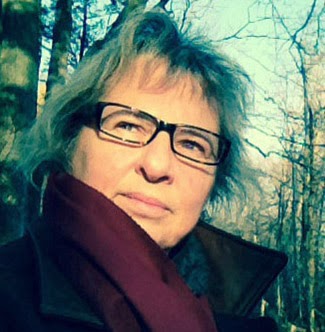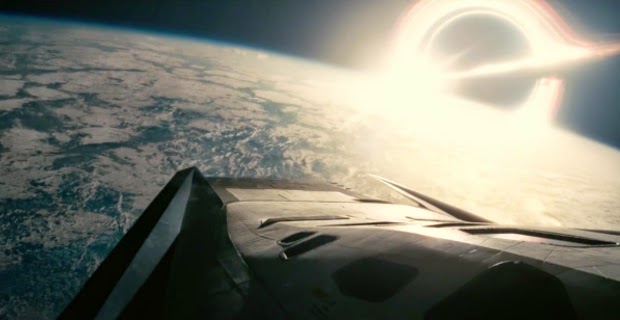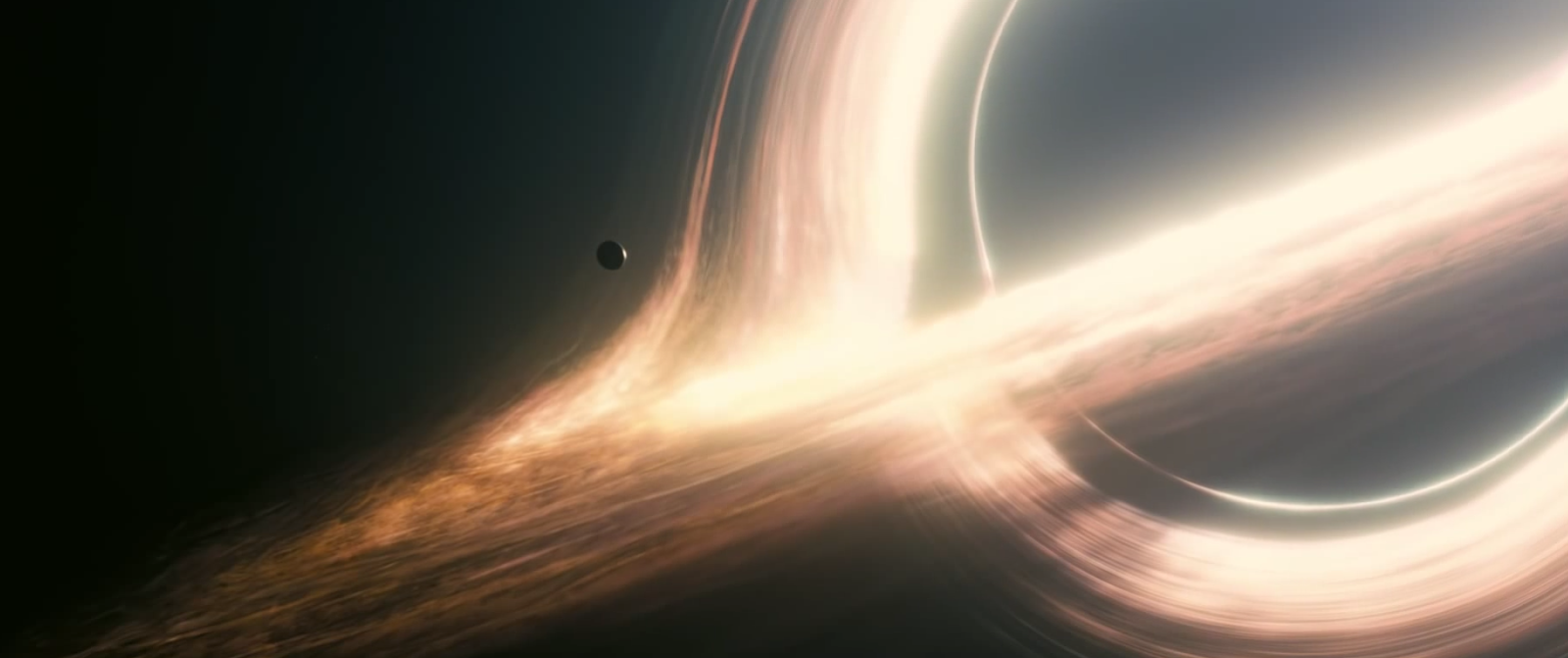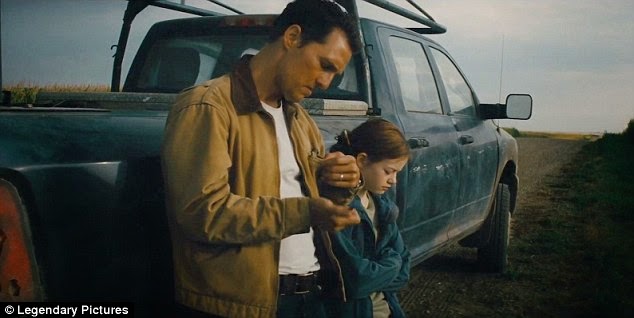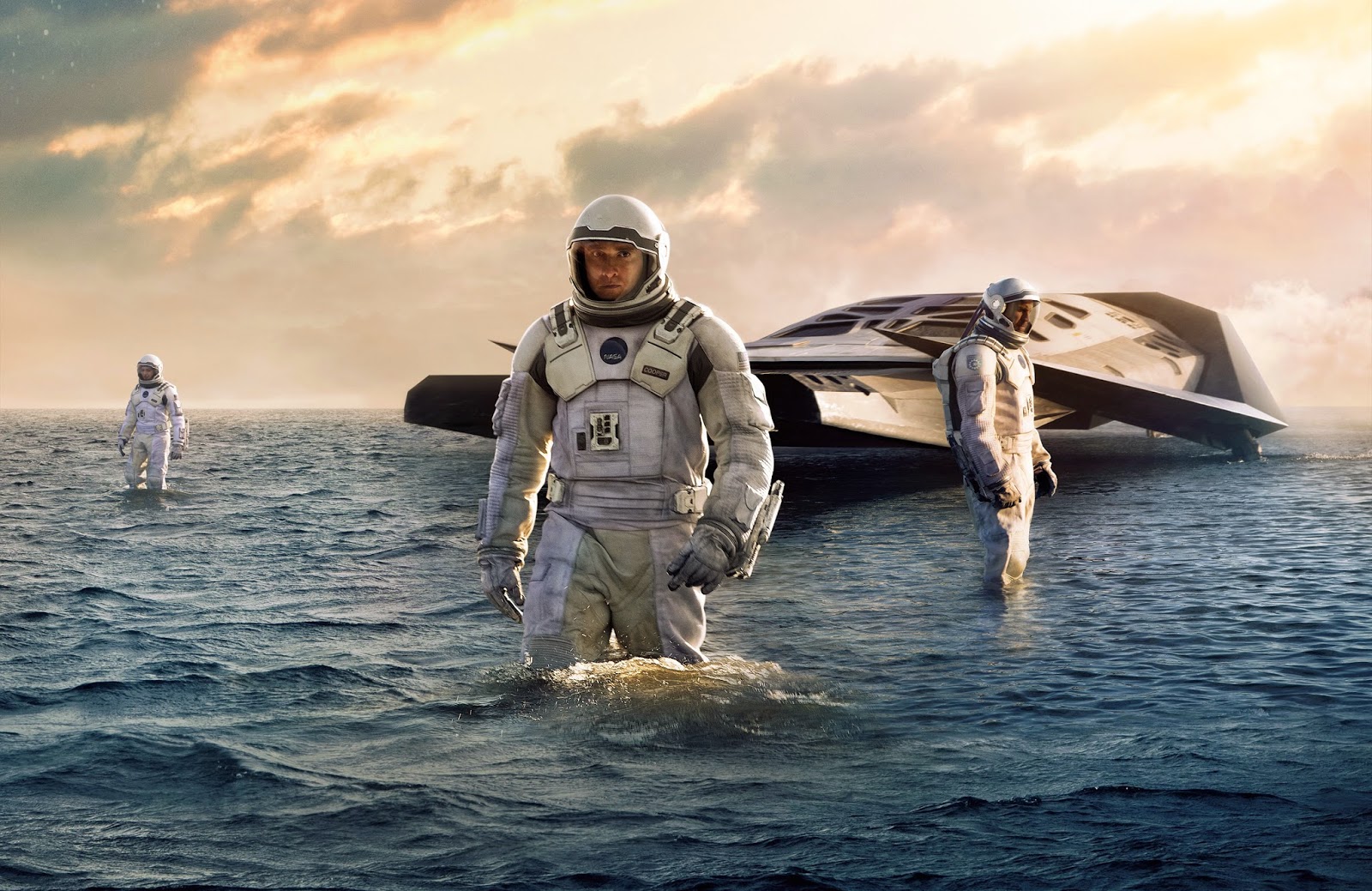In the classic western 1953 movie Shane, a drifter finds himself in the
midst of an ongoing conflict between the farming homesteaders
and a cattle baron, wishing to seize their land. In the film Once Upon a Time in the West, the cattle
baron is replaced by the railroad baron. Same deal. Same story… It hasn’t
changed that much in a hundred years…
The premise of cattle/land/railroad
baron vs farmer/homesteader or small independent rancher is a popular one for
good storytelling about the pioneers of the western frontier, and is based firmly
on historical fact. The 19th century American analogues of the
Monsanto and Nestle cartels and monopolies were decidedly held by these barons,
many coming from oversees. Since the herds grazed on the open range and as few as a dozen
cowboys could handle several thousand heads of cattle, a rancher's operating
expenses were low. Many ranchers managed cattle and land for outside corporate
interests. Two of the largest corporate ranches — the Anglo‐American Cattle Company
(1879) and the Prairie Cattle Company (1881) — were established in England and
Scotland, respectively.
In the Feb 2015 issue of Harper’s Magazine, Christopher Ketcham
writes that in 1885 the General Land Office reported to Congress on the worst
form of monopoly in the western USA: “Cattle barons had enclosed the west
forage along with scarce supplies of water in an arid landscape. They falsified
titles using the signatures of cowhands and family members, employed fictitious
identities to stake claims, and faked improvements on the land to appear to
comply with the law.” Most private rangeland in the western states was likely
obtained by various degrees of fraud, wrote Ketcham, quoting a historian in the
industry. In the Johnson County War of 1892, the
Wyoming Stock Growers Association hired gunmen to get rid of small operators
accused of stealing cattle.
These barons weren’t cowboys,
writes Ketcham; although “they came to veil themselves in the
“By the late nineteenth century,
the barons had privatized the most productive grasslands and the riparian
corridors, where the soil was especially rich. What remained was the less valuable
dry-land forage of the public domain, which by 1918 totaled some 200 million
acres spread across the eleven states of the West, and which the barons also
dominated by stocking them with huge numbers of cows.”
Overgrazed and under-regulated, the
public rangelands spiraled into degradation; the grass diminished, topsoil
eroded by rain or stolen by the wind.
In 1934, Ferdinand Silcox, the
chief forester of the US Forest Service, testified that unregulated grazing was
“a cancer-like growth,” fated to become “a great interior desert.” That same
year the Taylor Grazing Act was legislated to establish fees and a quota for
grazing of government public lands. Stockmen petitioned to have the federally
controlled land turned over to the state jurisdiction. The underlying agenda
was “to discredit all conservation bureaus of the government, [and] to discredit
conservation itself,” said historian Bernard DeVoto.
“The wholesale transfer of public
lands to state control may never be achieved,” writes Ketcham. “But the goal
might be more subtle: to attack the value of public lands, to reduce their
worth in the public eye, to diminish and defund the institutions that protect
the land, and to neuter enforcement.” Ketcham reiterates DeVoto’s observation
in the 1940s that “no rancher in his right mind wanted to own the public lands
himself. That would entail responsibility and stewardship. Worse, it would mean
paying property taxes. What ranchers have
always wanted, and what extractive industries in general want, is private
exploitation with costs paid by the public.”
This is the moniker of the bully. Of
small-minded, empty-hearted men, driven by the emptiness of greed and with no
sense of connection to their world or environment. It is, in fact, the very
reason we need government regulation.
 |
| Cliven Bundy |
What does a modern-day cattle baron
look like? He looks like Cliven Bundy, notorious scoff-law cattle rancher from
Bunkerville, Nevada.
The rancher fancies himself a rebel
hero in the form of Robin Hood, fighting for his rights against a “tyrannical”
government; nothing could be further from the truth (read Ketcham’s in-depth
article in the February issue of Harper’s).
Firstly, the definition of a hero does not include a self-serving mean-spirited
20-year war on the Bureau of Land Management (BLM) over the destructive grazing
by his cattle in the Gold Butte area—which has now taken on a terrorist quality.
There’s nothing heroic about his disrespect for the land, the watershed and for
people outside his own coterie. There is nothing heroic about wrongly citing
the U.S. Constitution to support purposefully over-stocking and destroying
sensitive habitat in the Butte. There is nothing heroic about refusing to pay a
grazing fee for cattle that he will sell later for profit; a move that mimics
what super-bully Nestlé is doing in watersheds around the world to
sell water at great profit.
Bundy and his like-minded coterie
rallied against the conservationist bureau with pretentions of American rights.
They did this by intimidating and terrorizing foresters and ecologists at
gun-point, and carelessly destroying the land with vehicles and cattle.
 |
| Rancher / Feds face-off near Bunkerville Nevada |
What Bundy refuses to admit or care
apparently is that grazing is now considered the chief cause of desertification
in North America. Cattle are implicated in the eradication of native plants,
which help balance the plains ecosystems. Studies in the area where Bundy’s
cattle graze showed that the riparian areas were in the worst condition in
history. Springs and streams were polluted, and cover for birds and mammals
denuded. Invasive species had created monocultures of an inferior
“industrialized landscape”. The sagebrush was replaced by a monoculture of
cheatgrass (Bromus tectorum). “Cheat
is the cattleman’s most subtly destructive legacy,” wrote Ketcham. “The BLM
itself has admitted that because of the cheat infestation ‘a large part of the
Great Basin lies on the brink of ecological collapse’.” Not that Bundy
understands what this means or even cares.
Bundy is plainly a bully and a
thief, posing as a man of justice and knowledge. His actions and words demonstrate that he
knows nothing of these tenets.
Bundy is just a Nestlé-wannabe,
who needs a mother’s discipline for his deep lack of respect and bad manners.
Unfortunately, Mother Nature’s discipline will come in the form of
environmental calamity inflicted on many more than Bundy himself.
This is the true tragedy of the
bully.
Shame on you, Cliven Bundy.
Tragedy of the
Commons:
The Tragedy of the Commons is an economic theory posited by Garrett Hardin in a 1968
article in Science. In the article he
suggested that individuals will act out of self-interest, contrary to the best
interests of the whole group, by depleting some common resource. The term was
first used in an essay by Victorian economist William Forster Lloyd on the
effects of unregulated grazing on common land.
Drawing
on insights from Thomas Malthus’s An Essay on the Principle of Populations,
written in 1798, Hardin warned that the exponential growth of the human population
would soon overwhelm the world’s finite natural resources. Harden demonstrated
his point with a parable of an open commons with a flock of grazing animals.
Hardin
argued that individuals motivated by self-interest to maximize their wealth,
will continue to add to their flocks to increase their personal wealth. Every
animal added to the commons contributes to the degradation of the resources.
However, the increasing use and ultimate degradation of the commons are small
burdens to the individual user, relative to the gain in wealth accrued to that
individual.
In
Hardin’s parable, all individuals will naturally follow the same pattern until
the resource is inevitably destroyed. “Therein is the tragedy. Each man is
locked into a system that compels him to increase his herd without limit—in a
world that is limited. Ruin is the destination toward which all men rush, each
pursuing his own interest in a society that believes in the freedom of the
commons”. Hardin concludes stating “freedom in a commons brings ruin to all”.
According to Hardin, the only way to avert the tragedy of the commons is
through government regulation or exclusive, private ownership of resources.
In
1833 the English economist William Forster Lloyd published a pamphlet that included
an example of herders sharing a common parcel of land on which they are each
entitled to let their cows graze. In English villages, shepherds had sometimes
grazed their sheep in common areas, and sheep ate grass more severely than
cows. He suggested that overgrazing could result because for each additional
sheep, a herder could receive benefits, while the group shared damage to the
commons. If all herders made this individually rational economic decision, the
common could be depleted or even destroyed, to the
detriment of all.
Nina Munteanu is an ecologist and internationally published author of novels, short stories and essays. She coaches writers and teaches writing at George Brown College and the University of Toronto. For more about Nina’s coaching & workshops visit www.ninamunteanu.me. Visitwww.ninamunteanu.ca for more about her writing.
Nina Munteanu is an ecologist and internationally published author of novels, short stories and essays. She coaches writers and teaches writing at George Brown College and the University of Toronto. For more about Nina’s coaching & workshops visit www.ninamunteanu.me. Visitwww.ninamunteanu.ca for more about her writing.
